Holiday Round-Up 2008
- John Nelson, PhD, Associate Editor of Molecular Interventions
More Thirsty Than Hungry
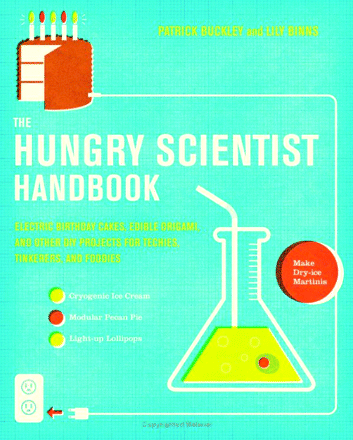
The Hungry Scientist Handbook Patrick Buckley and Lily Burns. New York: Collins Living; 2008. 224 pages. $16.99 ISBN-13: 978-0061238680
In graduate school, the Distinguished Speakers Series is designed to bring top-flight researchers in closer contact to graduate students in the hope of providing inspiration, breaking down inhibitions of contacting eminent scientists, and allowing students a closer look at how highly successful scientists manage their careers. In my case, during one of our many “get acquainted” sessions, we shared lunch with a distinguished researcher who, unlike other researchers that had participated, really opened up and wanted to know how we would tackle a research problem. He told us of an experience from his own oral examination meeting years ago where the oldest member of the committee posed the following to him: “Presumably, M—, you have used the bathroom at the end of the corridor.” “Yes,” was his reply. “You know the paper towel dispenser in the men’s bathroom?” At this point, bemused and vexed looks were worn on the faces of the other committee members. (Perhaps, they thought it best to “let the old man ramble” and simply humor him.) On the other hand, they might just have genuinely been wondering what the question had to do with particular biochemical reactions. They should have known better. “Yes, I do.” Now the zinger: “How does it work?” The intended point the perspicacious committee member was making was this: Presumably, because you are in a graduate program in a medical school, wanting to earn your PhD, you have an interest in how things work: your interest in how things work does not terminate at the edge of the lab bench.
One assumes that in order for something to be modified, it helps to know how it works in the first place. Thus, with humor, but with no less interest in how things work and, therefore, can be re-worked or re-wired, Buckley and Binns bring us The Hungry Scientist Handbook. In this volume, the authors’ provide instructions to make a stethoscope from a spoon and Tygon tubing, construct a sterno burner from a beer can, and make your own bread with wild-caught yeast. More fun can be had building a trebuchet from Legos and firing marshmallows (recipe included, optimized for lightness) from the catapult. One can make an iPod dock and create drink coasters that glow red or blue, depending on the temperature of the beverage placed on them—this one requires much work and will really impress your friends. The lower the temperature used in making ice cream, the smaller the crystals formed and the better the texture and taste. Indeed, “Scotch Whisky LN2 Ice Cream” can be concocted and enjoyed. As can pomegranate wine and super-chilled martinis (using dry ice), which made me think I was detecting a trend. Indeed, one was present: Knowing how to make kvass, an alcoholic beverage, could make an enterprising graduate student quite popular at departmental retreats.
Of all the instructions, my favorite was making a pinhole camera out of a pumpkin. If you’ve never made a pinhole camera, they are easy to make but require photographic paper and access to developer, which shouldn’t be difficult for a bench scientist. Nevertheless, the output from a pinhole camera is quite unusual: images are vignetted and often have a fish-eye quality to them. Make yourself comfortable and curl up with book and a mug of “uber-bubbly root beer.”
Foodies: Art with Centrifuge
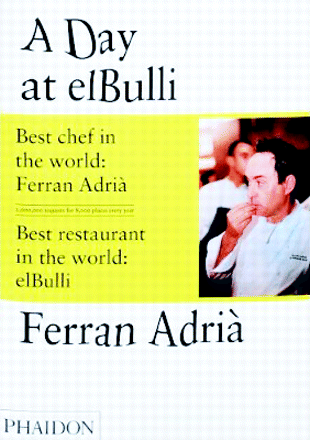
A Day at elBulli Ferran Adria, Juli Soler, and Albert Adria New York: Phaidon Press Inc.; 2008. 600 pages. $49.95. ISBN-13: 978-0714848839
Speaking of cooking with liquid nitrogen, a brief but full recommendation of A Day at elBulli[sic] is in order. This eye-popping book features more than 800 photos over 600 pages, detailing a typical day at el Bulli from 6:15 AM to 2:00 AM. The preparation of thirty dishes is demonstrated and chef Ferran Adria’s process, ingenuity (he and his colleagues have invented or adapted equipment to their needs), and techniques are examined. The world’s most exclusive restaurant uses pressurized air, liquid nitrogen, and bench-top centrifuges, among other apparatuses more often found in a lab, to create one-of-a-kind “foams,” entrees, and desserts. All in a day’s work at el Bulli. You want dinner here? Prepare to wait until 2011. El Bulli hasn’t been voted the world’s best restaurant three years in a row for nothing. To quote from Amazon.com: “Each year elBulli is open for just six months, and receives more than 2 million requests for only 8,000 seats.”
A Feast for the Eyes
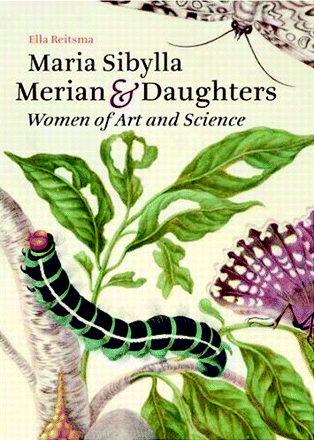
Maria Sybilla Merian & Daughters: Women of Art and Science, Ella Rietsma, Los Angeles: Getty Publications; 2008. 231 pages. $44.95 ISBN-13: 978-0892369386
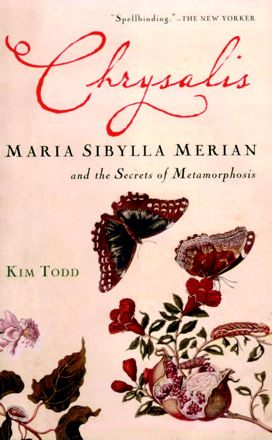
Chrysalis: Maria Sibylla Merian and the Secrets of Metamorphosis, Kim Todd, New York: Harvest Books; 2007. 352 pages. $15.00 ISBN-13: 978-0156032995
Another book suitable for the coffee table is Maria Sibylla Merian & Daughters: Women of Art and Science. Born in 1647, Merian grew to be one of the most respected illustrators of nature in her time. Her father was a successful publisher, but three years after his death, Merian’s mother married the Dutch painter Jacon Marrel. It was he who helped nurture Merian’s gift for illustration.
Merian’s work and that of her daughters was the subject of an exhibition this past summer at the J. Paul Getty Museum in Los Angeles, where their prodigious prowess with paints and pigments was on display. This book, which accompanied the exhibit, showcases masterpieces created by Merian and family, and, where informative or supportive, work by contemporaries. All this would be extraordinary alone; however, the back story to Merian’s life—a self-supporting woman in the seventeenth century—is as amazing as her gift for illustration. She acquired, at an early age, an acute interest in caterpillars and their metamorphosis. Her success as an illustrator allowed her to set up a business to ply her trade in Amsterdam. She and her younger daughter left for Surinam, where she produced her greatest works of art. The further details of these facts and the whole story of her remarkable life is richly written in Kim Todd’s biography of Merian, entitled Chrysalis: Maria Sybilla Merian and the Secrets of Metamorphosis. This biography makes good winter reading and would also serve well any number of “Women in Science” consortiums looking to draw inspiration from a life so fully lived 400 years ago.
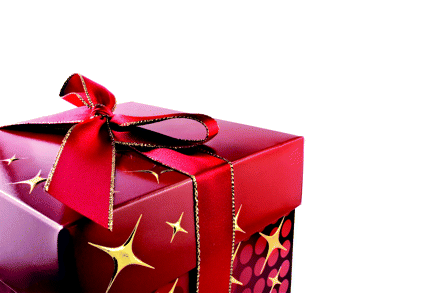
- © American Society for Pharmacology and Experimental Theraputics 2008



